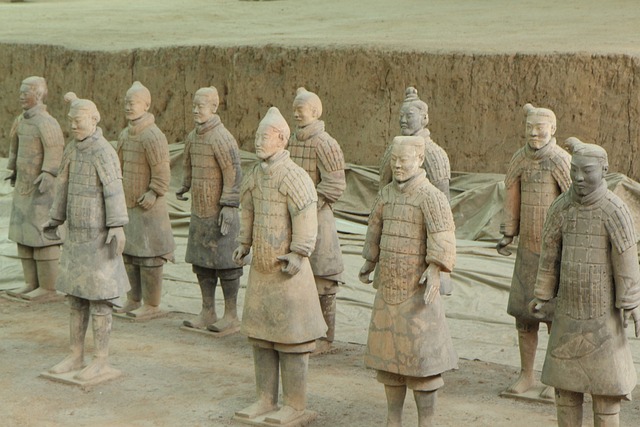
update time:2025-01-08 07:49:17 Number of clicks:1052 hits
Xi'an, also known as Chang'an in ancient times, is one of the Four Great Ancient Capitals of China, along with Beijing, Nanjing, and Luoyang. This city, located in the central part of Shaanxi Province, has a history of more than 3,100 years and was the capital of thirteen dynasties, including the Zhou, Qin, Han, Sui, and Tang dynasties. Xi'an is not only renowned for its rich historical and cultural heritage but also famous for its delicious local cuisine.
As the eastern end of the ancient Silk Road, Xi'an has been an important city for trade and cultural exchange for centuries. The Terracotta Army and the Mausoleum of Qin Shi Huang, located about 40 kilometers east of the city center, are one of the most famous attractions in Xi'an. Discovered in 1974, this archaeological site is a collection of thousands of life-sized terracotta figures of soldiers, horses, and chariots, which were buried with the first emperor of China, Qin Shi Huang, to protect him in the afterlife. It is now a UNESCO World Heritage Site.
Another must-visit site in Xi'an is the well-preserved City Wall of Xi'an, which was initially built in the 14th century during the early Ming Dynasty. The wall, about 14 kilometers long, encircles the old city and is one of the largest and most complete ancient military defense systems in the world. Walking or biking on the wall offers a panoramic view of the city and a glimpse into its ancient past.
The Giant Wild Goose Pagoda, also known as the Big Wild Goose Pagoda, is a magnificent seven-story Buddhist pagoda built in the Tang Dynasty. It was originally used to store Buddhist scriptures and relics brought back from India by the famous monk Xuanzang. Today, it is a symbol of Xi'an and a popular tourist destination, especially at night when it is beautifully lit up.
In addition to its historical attractions, Xi'an is also famous for its local delicacies. The city's Muslim Quarter, also known as Huimin Street, is a bustling area filled with shops and food stalls selling a variety of delicious snacks, such as Roujiamo (Chinese hamburger), Yangrou Paomo (mutton in bread), and Biangbiang Noodles. Here, visitors can experience the unique charm of Xi'an's cuisine and culture.
Xi'an's climate is characterized by four distinct seasons, with autumn being the most pleasant time to visit. During this season, the weather is cool and comfortable, making it ideal for exploring the city's outdoor attractions. Moreover, Xi'an has modern and convenient transportation, including a well-developed subway system, making it easy for tourists to get around.
In conclusion, Xi'an is a city that combines ancient history and modern development. Its rich cultural heritage, numerous historical sites, and delicious local cuisine make it an attractive destination for tourists from all over the world. Whether you come here to explore the Terracotta Army, walk on the ancient city wall, or taste the famous street food, Xi'an will not disappoint you. Come and experience the charm of this ancient city and uncover its many wonders.
